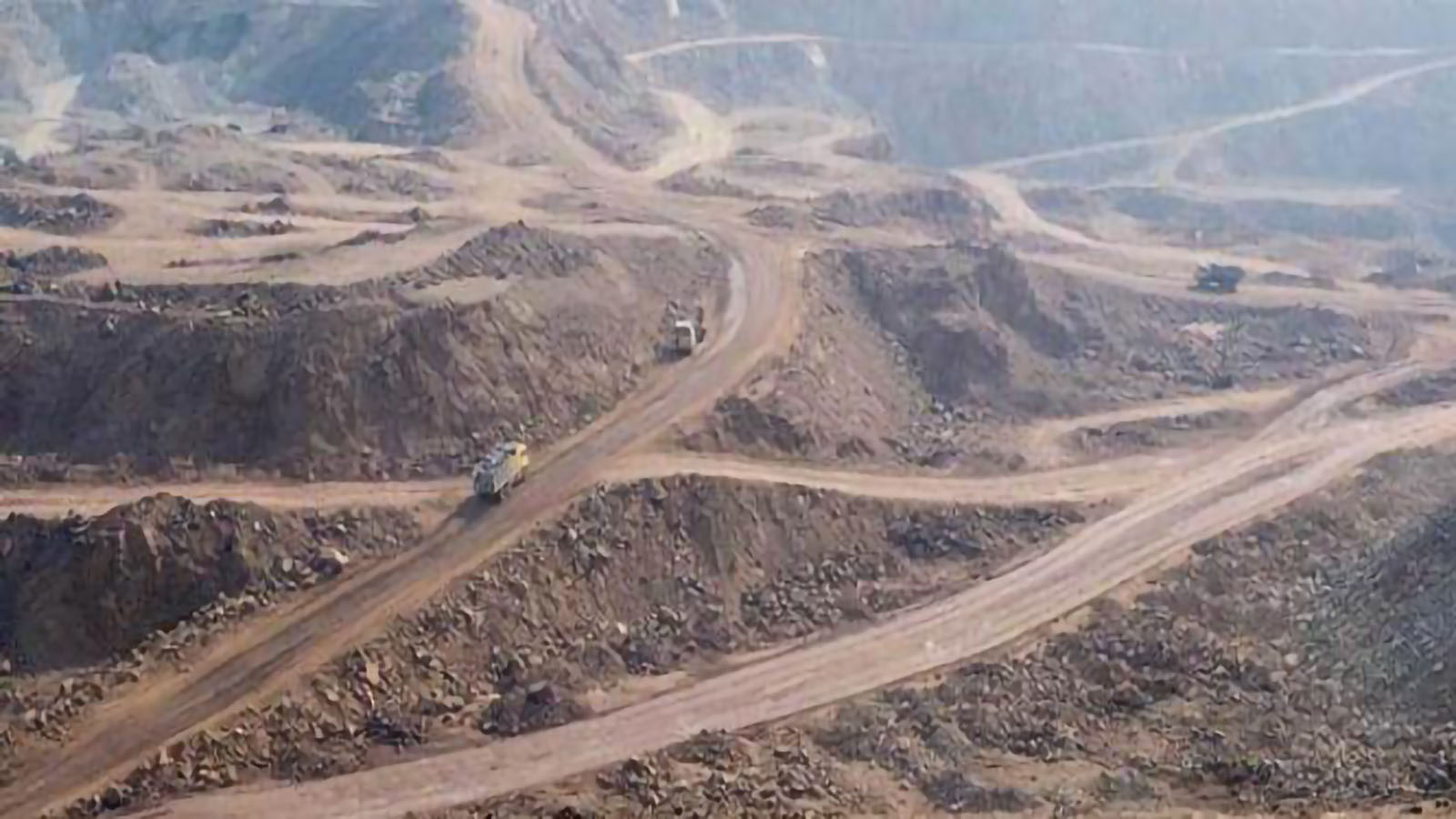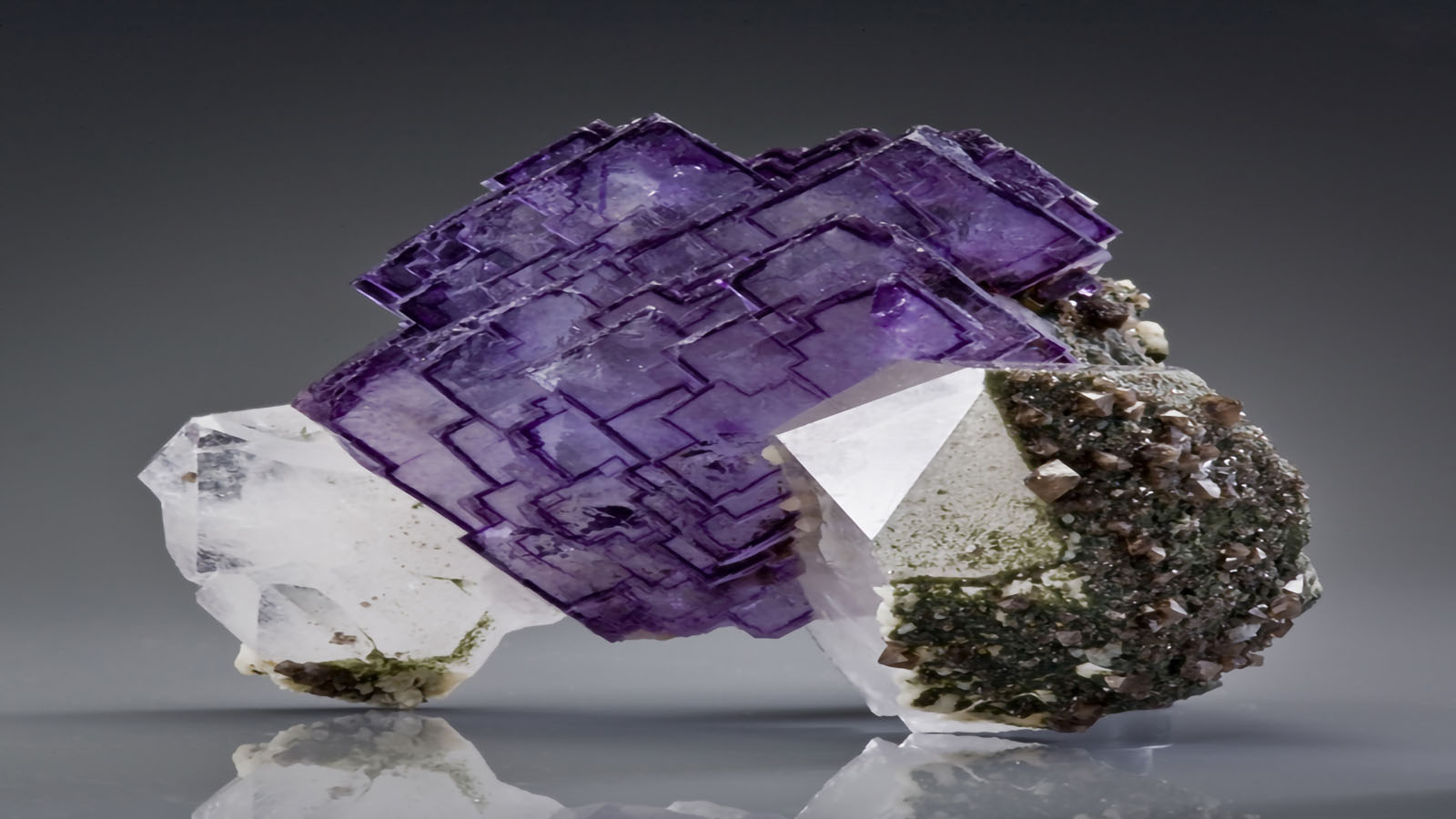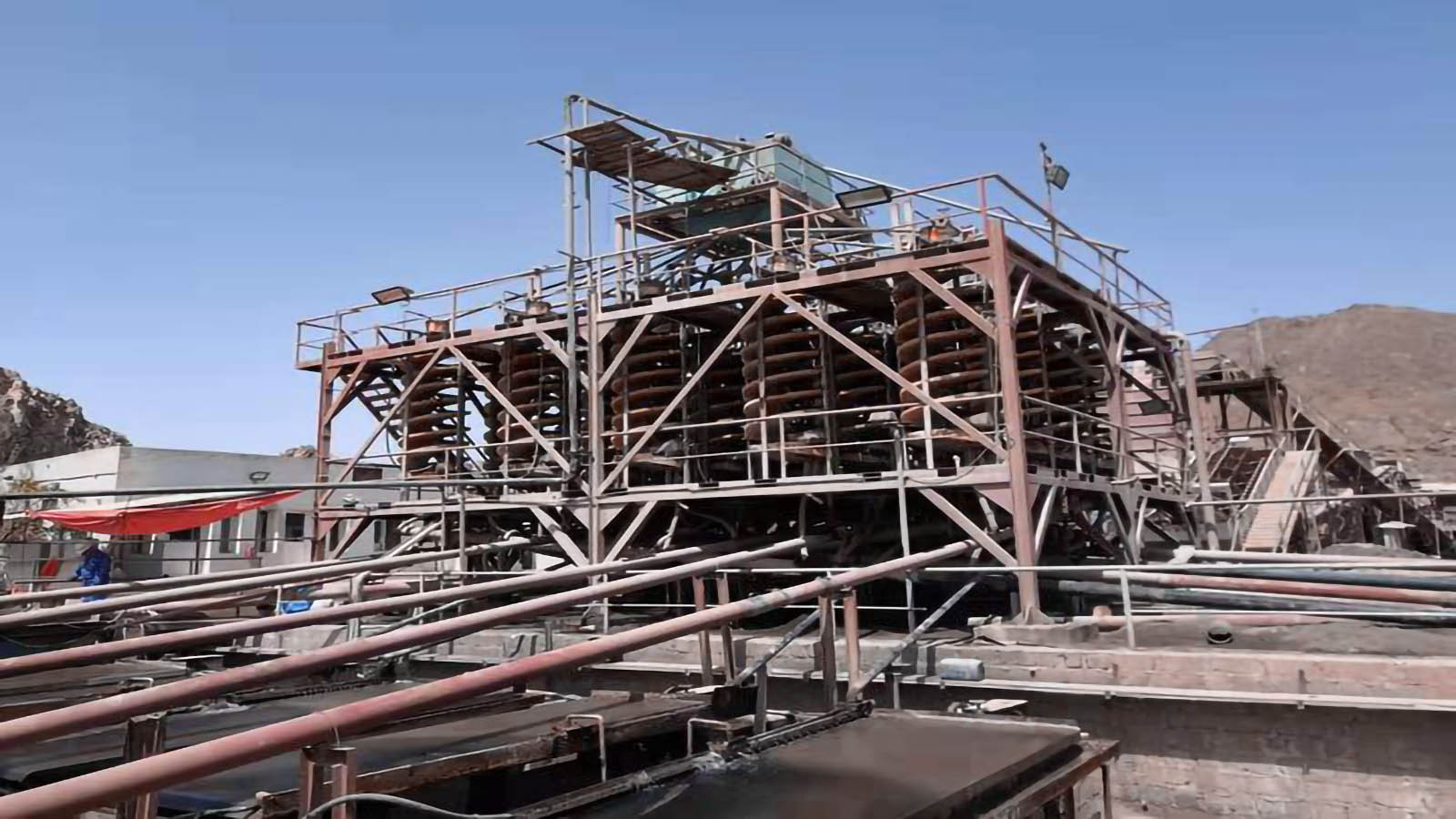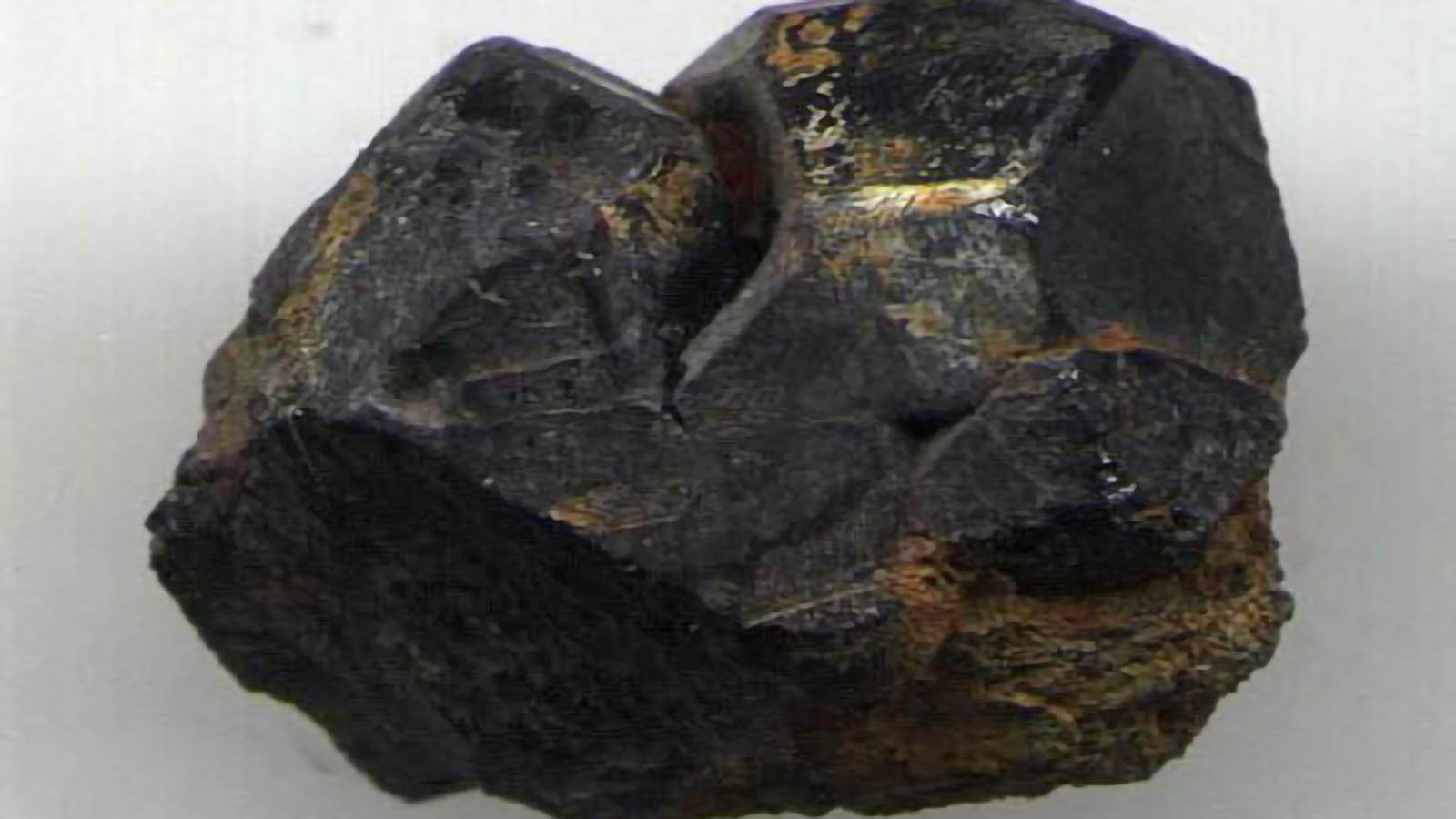
Manganese resources play a vital role in modern industry, from steel production to battery manufacturing. The geological diversity of manganese deposits presents both challenges and opportunities for exploration and extraction. This article examines the major manganese deposit types, their formation processes, and the implications for resource development.
Geological Classification of Manganese Deposits
Manganese deposits can be broadly classified into six major genetic types: sedimentary, volcano-sedimentary, metamorphosed sedimentary, hydrothermal, weathering (supergene), and deep-sea nodules and crusts. Each type represents distinct geological processes and environments that concentrate manganese minerals to economically viable levels.
Marine Sedimentary Manganese Deposits
Marine sedimentary deposits constitute the most significant source of manganese globally, with major formations occurring throughout geological time from the Mesoproterozoic to the Triassic periods. These deposits can be further subdivided into five subtypes based on host rock characteristics and mineralization patterns:
Siliceous Rock-Hosted Carbonate Manganese Deposits
These deposits typically form in basin or trough environments characterized by silica-rich and argillaceous sediments. The ore bodies appear as stratiform, stratiform-like, or lenticular formations extending from hundreds to thousands of meters, with thicknesses ranging from one to several meters. The ore typically exhibits pelitic crystalline textures with nodular, bean-shaped, or micro-layered structures. The predominant ore types include rhodochrosite, calcium-rhodochrosite, and manganese-calcite varieties. Gangue minerals primarily consist of quartz, chalcedony, and calcite, with most ores classified as acidic. Secondary oxidation zones frequently develop in shallow portions of these deposits, which typically range from medium to large in scale.
Black Shale-Hosted Carbonate Manganese Deposits
The host rocks for these deposits are black carbonaceous shales and claystones, often exhibiting horizontal bedding or lineation. Ore bodies form as stratiform, stratiform-like, or lenticular structures extending for hundreds to thousands of meters with thicknesses of one to several meters. The ore displays pelitic crystalline, spherulitic, and occasionally oolitic structures, with massive or banded textures. Rhodochrosite is the most common ore type, followed by calcium-rhodochrosite and manganese-calcite varieties. Gangue minerals primarily include quartz, calcite, and clay minerals, frequently accompanied by disseminated pyrite. Secondary oxidation zones of varying development are common near the surface. These deposits are predominantly medium to large in scale.
Fine Clastic Rock-Hosted Oxide and Carbonate Manganese Deposits
The host rocks for these deposits consist of variegated silty shales and siltstones, often interbedded with argillaceous limestone and limestone. Ore bodies typically appear as lenticular formations, sometimes occurring in multiple layers. The ore exhibits fine-grained aggregate, oolitic, and spherulitic structures with banded or massive textures. Primary ore types include both manganese oxides (primarily manganite) and manganese carbonates (rhodochrosite and calcium-rhodochrosite varieties). Gangue minerals predominantly consist of quartz, chalcedony, or calcite. While most ores are acidic, self-fluxing or alkaline varieties also occur. Oxidized ores of varying development are common near the surface. These deposits are generally large in scale.
Dolomite-Hosted Oxide and Carbonate Manganese Deposits
The host rocks for these deposits include dolomite, silty dolomite, or dolomitic limestone. Ore bodies appear as stratiform, stratiform-like, or lenticular formations. Ore types include rhodochrosite and manganese-calcite-rhodochrosite varieties, exhibiting crystalline granular or cryptocrystalline textures with oolitic, bean-shaped, massive, or banded structures. Gangue minerals include quartz, dolomite, and calcite, with the ore classified as acidic. Secondary oxidation zones predominantly contain psilomelane and hydrous manganese oxide ores. These deposits vary from small to large in scale.
Volcano-Sedimentary Oxide and Carbonate Manganese Deposits
The host rocks belong to normal marine sedimentary clastic and carbonate rocks formed after volcanic eruption periods or during volcanic intermissions. Ore layers typically occur within clastic rocks or at the transition between clastic and carbonate rocks. Ore bodies appear as stratiform or stratiform-like structures, with thicknesses of several meters and extensions reaching thousands of meters. The ore exhibits granular and spherulitic structures with massive, banded, or stockwork textures. The ore is predominantly rhodochrosite-type, containing limonite and manganese silicates, with minor galena and sphalerite mineralization. Gangue minerals are predominantly siliceous, and the ore is classified as acidic. These deposits are typically medium in scale.
Metamorphosed Sedimentary Manganese Deposits
Oxide Manganese Deposits in Thermally or Regionally Metamorphosed Rock Series
These deposits form through the metamorphism of marine sedimentary manganese deposits. The ore exhibits metamorphic crystalline or metamorphic oolitic structures with banded textures, primarily consisting of rhodochrosite-limonite or limonite-pyrolusite types, typically accompanied by manganese silicates. In addition to quartz and calcite, gangue minerals include minor amounts of albite, amphibole, pyroxene, garnet, and mica. The surrounding rocks are predominantly phyllites or greenschists. These deposits are typically small to medium in scale.
Alabandite and Carbonate Manganese Deposits in Metamorphic Rock Series
These deposits form through contact metamorphism or other metamorphic processes affecting marine sedimentary manganese deposits. The ore transforms into alabandite-rhodochrosite or alabandite-manganese dolomite types, exhibiting metamorphic crystalline and spherulitic structures with banded textures, occasionally containing minor manganese silicates. Gangue minerals include quartz, calcite, and dolomite, along with minor metamorphic silicate minerals. The surrounding rocks are slates or greenschists. These deposits are typically medium in scale.
Stratabound Lead-Zinc-Iron-Manganese Deposits
These deposits typically occur within specific stratigraphic horizons and show evidence of significant post-depositional modification. The ore composition is complex, containing multiple elements including iron, lead, and zinc. Ore bodies predominantly occur as lenticular formations with attitudes not entirely conformable with the surrounding rocks. Wall rock alteration includes dolomitization and iron-manganese carbonatization. Ore types include galena-rhodochrosite, alabandite-magnetite, and sphalerite-manganese siderite varieties, exhibiting granular and spherulitic structures with massive, disseminated, or veinlet textures. Manganese is significantly enriched in secondary oxidation zones, forming psilomelane-pyrolusite manganese ores and psilomelane, pyrolusite-limonite iron-manganese ores. Lead-zinc minerals in the semi-oxidation zone include cerussite and vanadinite, while in the oxidation zone, minerals such as coronadite and chalcophanite occur.
Weathering (Supergene) Manganese Deposits
Manganese Cap Deposits from Sedimentary Manganese-Bearing Strata
These deposits form through secondary enrichment of primary sedimentary manganese-bearing strata, developing industrial value. The deposits maintain the attitude of the original manganese-bearing strata, extending considerably along strike. Their depth extent is controlled by the development depth of the oxidation zone, ranging from several meters to tens of meters, occasionally reaching over a hundred meters. Extensive lateral extension occurs only when the manganese-bearing strata have gentle attitudes and are largely confined within the oxidation zone. The ore primarily consists of various secondary manganese oxides and hydroxides, exhibiting secondary structures and textures. These deposits are predominantly small to medium in scale.
Manganese Cap Deposits from Hydrothermal or Stratabound Manganese Deposits
These deposits typically occur within the weathering zones of strata hosting stratabound deposits, appearing as lenticular, vein-like, or saccate formations. The ore consists of various secondary manganese oxides and hydroxides, frequently containing coronadite, chalcophanite, hydrohetaerolite, and argentian cryptomelane, with characteristically high lead and zinc content. The ore exhibits secondary structures and textures. These deposits are typically small to medium in scale.
Iron-Manganese Cap Deposits Associated with Hydrothermal Precious and Base Metal Deposits
The ore appears earthy or brecciated, containing abundant clay or rock fragments. Although the iron and manganese content typically reaches only marginal grades by conventional standards, these deposits may retain industrial value due to their content of gold, silver, lead, zinc, copper, and other valuable metals, as well as their substantial scale.
Leached Manganese Deposits
Manganese ore typically occurs within structural fracture zones, interlayer detachment zones, fissures, or solution cavities in manganese-bearing sedimentary strata. These deposits form through the dissolution, transportation, and accumulation of manganese in groundwater movement. Ore bodies appear as vein-like, lenticular, or saccate formations. The ore primarily consists of secondary manganese oxides and hydroxides, exhibiting colloidal, stockwork, cavernous, or earthy textures. These deposits are predominantly small to medium in scale.
Quaternary Accumulated Manganese Deposits
These deposits form through secondary oxidation enrichment, fragmentation, short-distance transportation, and accumulation of manganese-bearing strata or manganese ore layers. The ore consists of various secondary manganese oxides and hydroxides, appearing as angular, subangular, or pisolithic fragments accumulated within loose sandy soil. Ore bodies form stratiform or stratiform-like structures, with attitudes generally consistent with the ground slope, controlled by the exposure of manganese-bearing layers and topographic features. These deposits are typically small to medium in scale.
Economic Significance and Future Prospects
The diversity of manganese deposit types reflects varying geological environments and manganese enrichment mechanisms. A comprehensive understanding of the geological characteristics and mineralization patterns of different manganese deposit types is crucial for guiding exploration and development strategies.
As global demand for manganese continues to grow, particularly in traditional metallurgical applications and emerging battery technologies, research into manganese deposit types becomes increasingly important for efficient resource utilization. The varying mineralogy and grade distribution across different deposit types necessitate tailored approaches to exploration, mining, and processing to maximize economic value while minimizing environmental impact.
Advanced geological modeling, combined with innovative processing technologies, offers promising pathways for sustainable development of manganese resources, ensuring their availability for future industrial applications.
Related News

Breakthrough in Fluorite Beneficiation: Advanced Separation Processes for Complex Mineral Assemblages

Gravity Separation Methods in Tantalum-Niobium Ore Processing: Applications and Technological Breakthroughs
